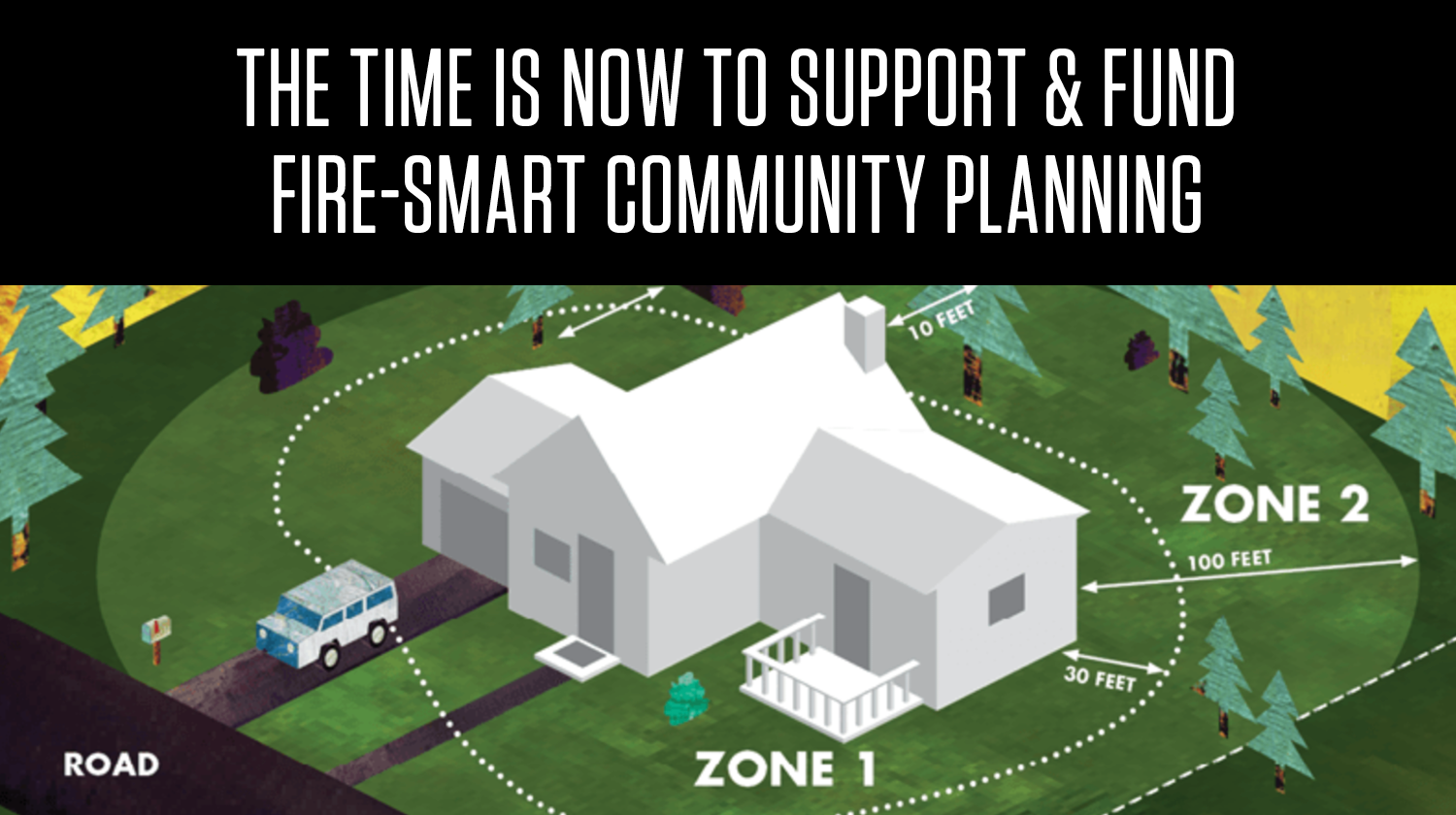It’s officially fall. Yet, October so far has brought more heat. More heat and dry winds, conditions ripe for yet more mega-fires across the West.
It was a record-breaking heatwave that helped build large fires in California in August. And another heat wave coupled with wind that drove fires all the way up the West Coast, including to my home state of Washington, in September. I’ve lived in the West most of my life, and I can remember as a young person looking out our living room window to watch a fire burn on the Southern California mountains. I’ve experienced fires almost every year, but it is clear to me that it gets worse every year. This past month on many days the air where I live in Seattle has been some of the very worst in the world. It has kept me inside and is even more dangerous to those with underlying health concerns.
The forecast for October calls for yet more heat and more dry wind -- more fire risk. That’s climate change. The climate crisis is taking heat, wind, and fire, all of which in the natural state of things play important roles in balancing our world, and making it more. The climate crisis is driving more frequent and more dangerous fires. Large fires are occurring more often. Fire season lasts for more of the year and now covers more of the US. This year, people breathing smoky air are more likely to contract COVID-19 and experience worsened symptoms, and the pandemic makes evacuations more difficult. Things are dangerously out of balance. The need for climate action is urgent. The long-term safety of our communities relies on reducing climate pollution -- preserving forests to draw down climate pollution and moving away from polluting fuels.
At the same time, our leaders must focus on preparing communities for the fires that are already here. Fire-prevention dollars should be focused on areas near where people live and work. We must create fire-smart communities: making structures fire-safe, creating adequate defensible space around structures, establishing strategic fuel breaks near communities, and considering land-planning safeguards that prevent new homes from being built in high-risk fire areas.
And we need to make sure no community is left behind. One way to do that is to pass the Wildfire Defense Act. The bill invests in community fire-defense planning and provides grants to empower low-income communities in high fire-hazard areas to create and implement fire-defense plans. It accounts for the needs of vulnerable populations, including the elderly and those with disabilities.
We need carefully planned controlled burns to reduce fuel accumulations threatening property and communities, not logging in the backcountry. Such logging does nothing to protect homes and businesses, but it does divert fire-management resources away from where they are needed most and threatens healthy forests that are key to reducing climate risk.
As some places look to recovery, even as others face new fire threats, it’s important to remember that we cannot solve the climate crisis without forests. Standing forests are the only proven system that can remove and store vast amounts of carbon dioxide from the atmosphere at a scale necessary to stabilize the climate.
After a fire, trees threatening public safety, roads, and homes should be removed. However, broad post-fire logging creates long-lasting harmful impacts for our forests and communities. Post-fire, or salvage, logging prevents natural forest regrowth -- harming plants, wildlife, clean water, and overall forest health. When that logging is followed by the planting of tree plantations, as is often the case, it actually increases the risk of more unnaturally large fires.
Fire, its role and its management, is complex. It can also be scary, particularly for those of us in fire country, and especially for those who are suffering losses from fire right now. I’ve felt that fear myself. If the antidote to fear is action, and I think it is, then now is the time to replace fear with science in decision-making and to focus steadfastly on protecting people and communities. Even as we face more -- more fire, more risk, more extremes -- we can do more to safeguard people and our climate, and we can start today.
